Young Souls: How 1P2P Brought This Tale of Twins to Life
We interviewed 1P2P’s co-founders to learn more about the upcoming 2D co-op brawler.
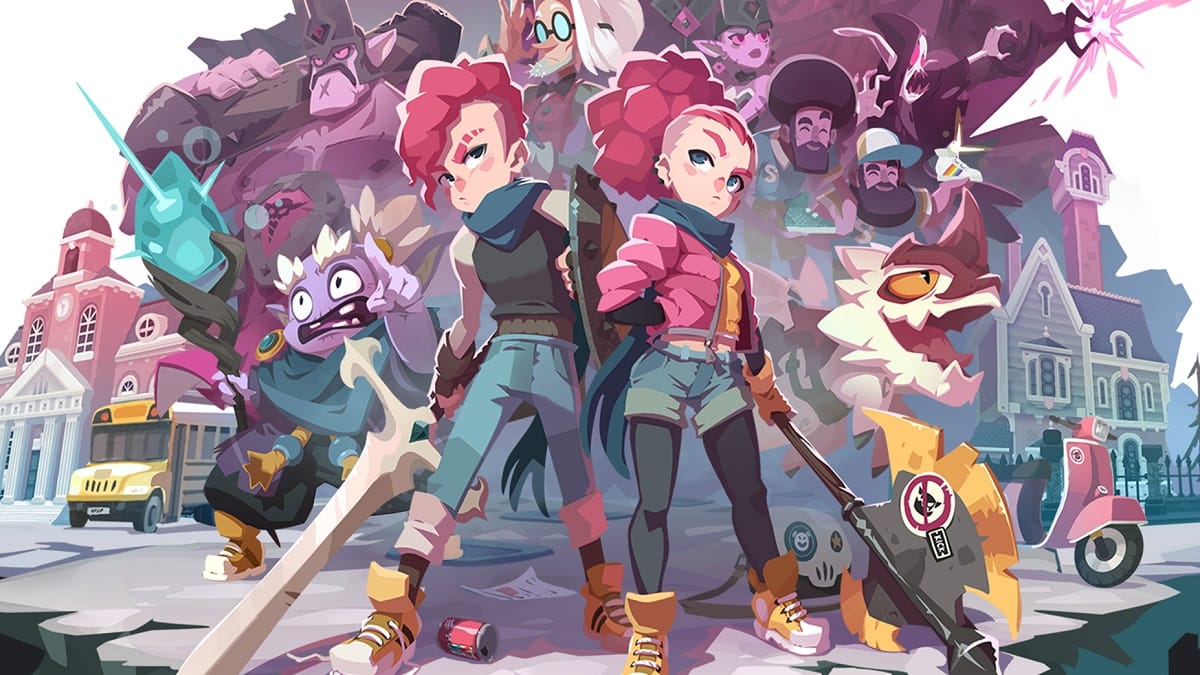
Removed from triple A gaming’s constraints, the scope might generally be smaller with indie games, but there’s a clear passion and creativity you don’t see elsewhere. Developed by French studio 1P2P, Young Souls appears to be no exception, presenting a 2D co-op brawler with action RPG elements. Playing as two rebellious twins, Jenn and Tristan, we’ll be fighting to save their foster father, who gets kidnapped under extraordinary circumstances.
Travelling between two different worlds to find him, I went hands-on with the Young Souls demo and came away with positive impressions. Already available on Google Stadia, Young Souls is also coming to PC, Switch, PS4 and Xbox One versions this fall. In preparation, I interviewed 1P2P’s co-founders, Baptiste Martin and Jérôme Fait, who were kind enough to tell me more.
Combat Is Key
Marking 1P2P’s debut project, Martin and Fait had worked together for around 15 years and initially meeting through other studios, working together ever since across Hydravision Entertainment and Ankama. Telling me they’d decided to go indie, 1P2P emerged in 2016 and the core team is just themselves. Once they’d set up the studio, they began testing out new gameplay concepts.
So, how did Young Souls begin? Fait explained that they wanted to put “everything we loved” into their first game, informing me that when you work for larger companies, you can’t put everything you’d want into a game, causing “frustrations.” As such, the pair tried “mixing everything and see where it goes,” taking inspiration from Dragon’s Crown beat ‘em up premise, Persona, Night in the Woods and TV shows like Trollhunters.
Crucially, 1P2P’s main motivator is creating a great combat system, which led into several other questions, like accessibility. Young Souls features four difficulty modes and separate modifiers like auto-block, attack speed, and damage dealt. Fait surprised me by confirming accessibility wasn't always at Young Souls’ core design, but he knew they couldn’t take a “FromSoftware approach”. Realising how they know people play games for their own reasons, Fait wanted to ensure people can “play it as they want.” Knowing that how they prefer it won’t be the same for everyone, they’ve received crucial feedback from Stadia players too.
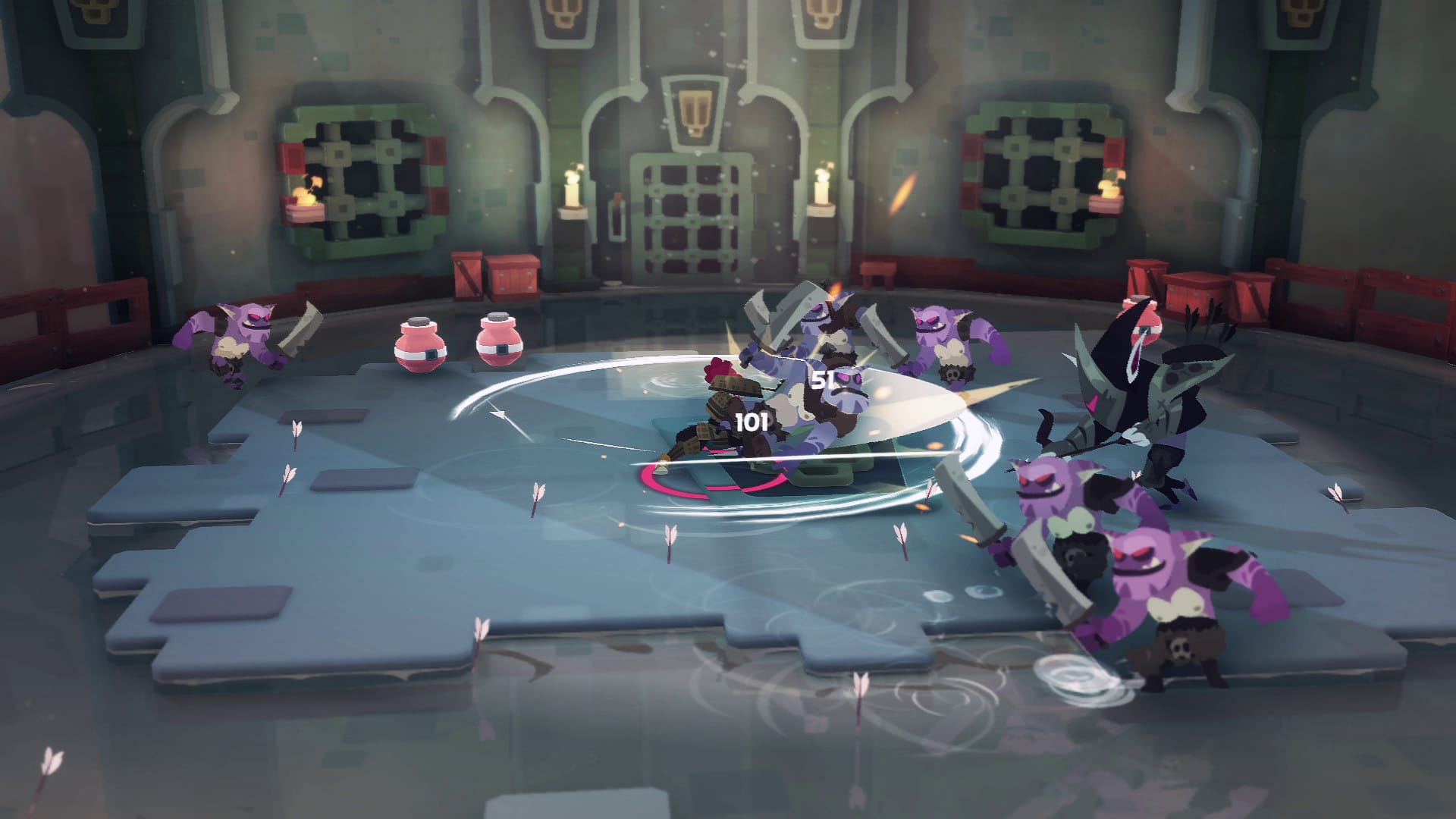
Double Trouble
Because of this combat focus, story became secondary to 1P2P’s goals, leaving me to ask where Jenn and Tristan’s story came from. Intriguingly, Fait confirmed that comes down to gameplay constraints. Wanting to make a co-op game, the duo decided to use two characters that were close to each other physically, making twins an easy pick.
Empathising that they’d “have to do it properly” when using a twin relationship, 1P2P tell me they’ve put “serious thought” into their story and relationship. Martin added how they wanted to ensure these characters had their own background and style, making the twins more than just player characters. As for their red hair, that’s to make them visually distinctive.
With a co-op focus in mind, both Jenn and Tristan have an identical base build in combat, though they can be customised. Letting you equip them with different weapons, armour, and accessories, they can evolve in different ways. Ultimately, Martin confirmed this approach was a main constraint they’d set out from the beginning, ensuring they wouldn’t “complicate” matters but still giving players choice. Elaborating on in-game choices further, you can pick different dialogue options but Young Souls sticks to a linear script.
1P2P wouldn't confirm a more specific release date beyond “fall 2021”, but will it receive native PS5 and Xbox Series X|S editions? Fait confirmed that “everything is not decided yet” but for now, they’re mainly focused on PS4 and Xbox One. We’ve got a little wait to go before the Young Souls launch, and if you’re curious to know more, you can check out my full impressions here.
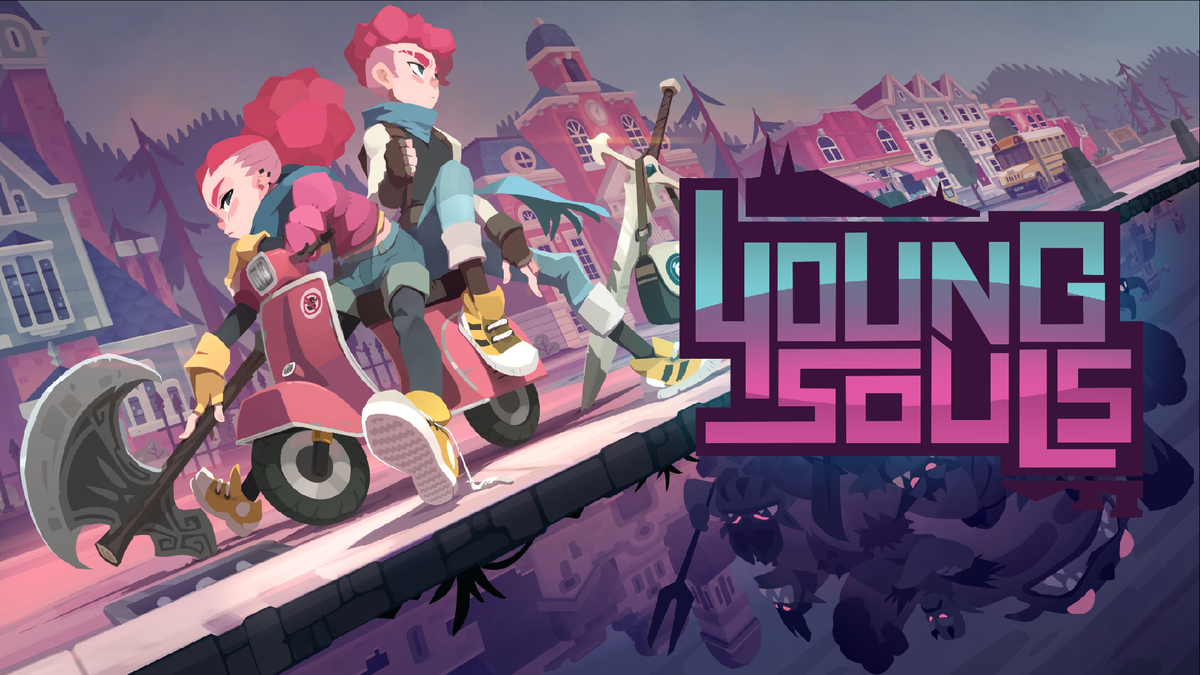
Update
This interview was originally published on Gfinity in 2021. It’s since been removed, so I’m reposting it here. The text has received light revisions, but the interview answers are untouched.



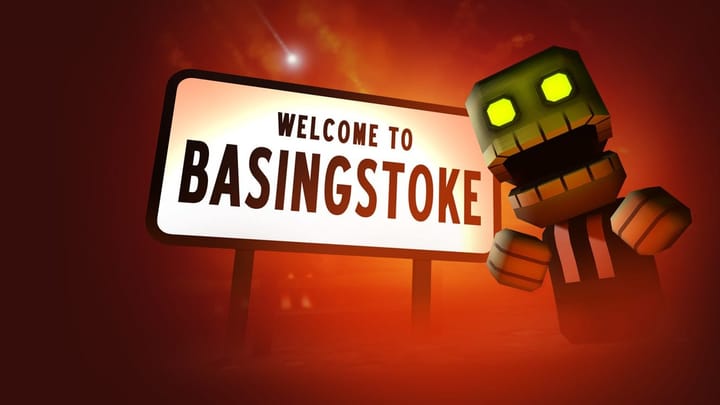
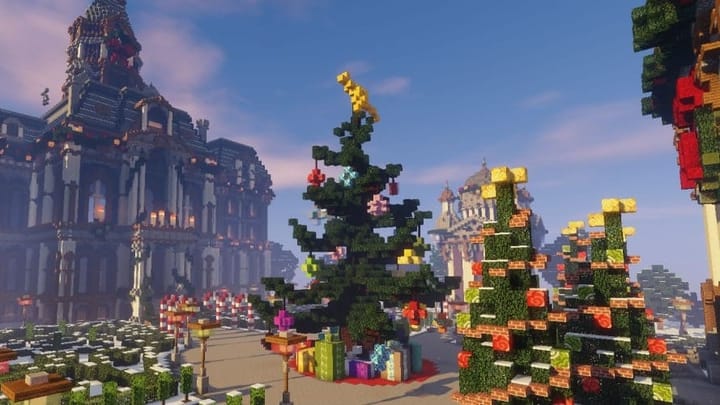
Comments ()